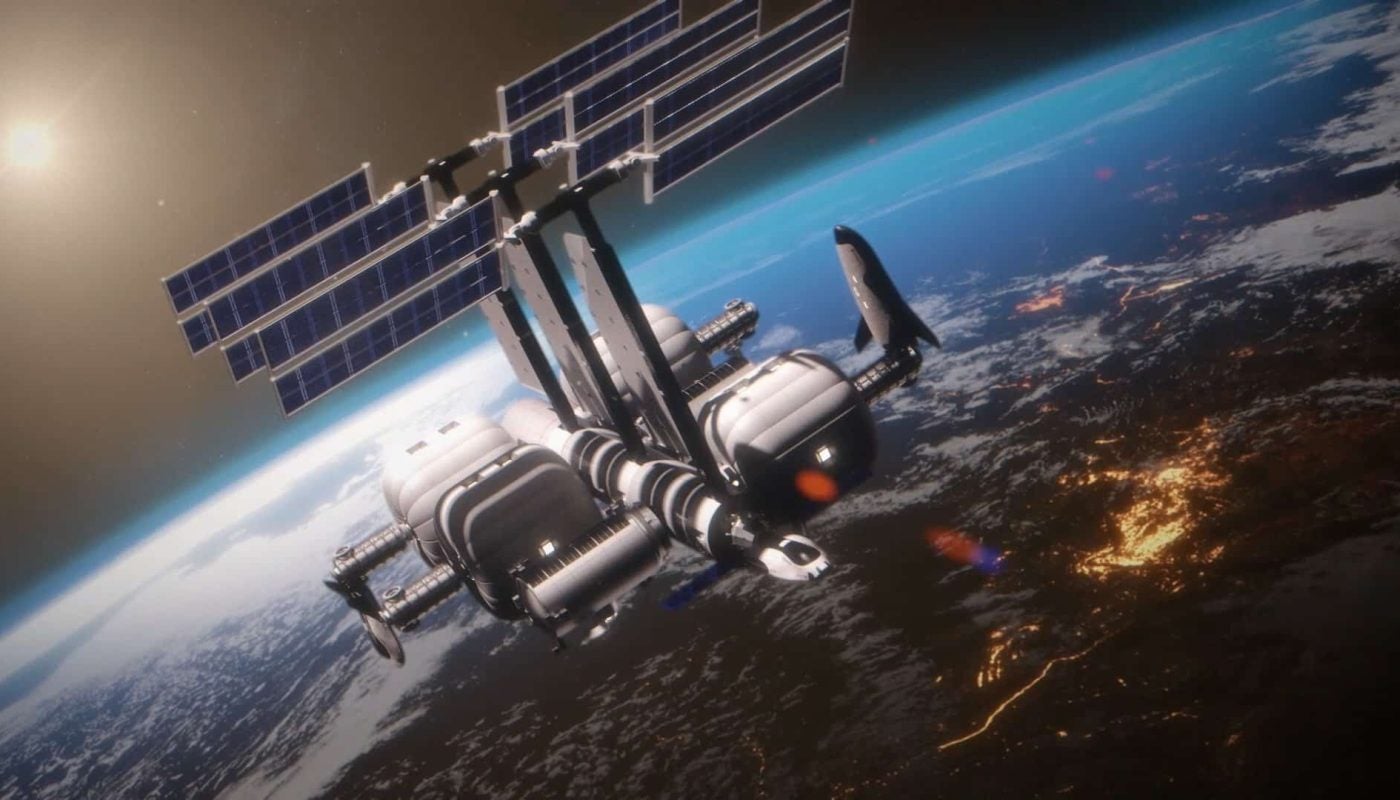Inflatable Space Station Module Explodes: The Dramatic Video from Sierra Space
Follow us on Google News (click on ☆)

Explosion test of Sierra Space's space habitat prototype, intended for a future space station led by Blue Origin, with a planned launch in 2030.
Credit: Sierra Space.
Sierra Space deliberately detonated its first full-scale prototype of a space station module as part of preparations for space missions set to launch by 2030. The explosive force was equivalent to using 164 sticks of dynamite. This test took place at NASA's Marshall Space Center in Alabama, marking a significant milestone in the development of commercial space stations.
Unlike previous tests on scaled-down models, this test utilized a life-sized inflatable module. This type of module, developed in partnership with ILC Dover, incorporates flexible material technologies, such as Vectran straps. These modules will be incorporated into the future Orbital Reef space station, a joint project by Sierra Space and Blue Origin, partially funded by NASA to succeed the International Space Station (ISS) after its retirement planned around 2030.
The dimensions of these modules are substantial, equivalent to a large family home at about 2,290 square feet (213 square meters). However, Sierra Space works in cubic feet, as in microgravity, every space in a room is usable. The modules are designed to be two to three stories tall (20 feet or 6.2 meters) with a diameter of 27 feet (8.3 meters).
Inflatable modules are not a new concept in space, with an example being Bigelow Aerospace's module currently being tested on the ISS. These tests are aimed at evaluating their resilience to the harsh conditions of space, such as radiation and microgravity.
The explosion test involved inflating the structure until it burst, simulating a balloon popping. During this test, the module withstood pressures up to 77 psi (5.3 bar), exceeding NASA's safety requirements by 27%, which are set at 60.8 psi.
Tom Vice, CEO of Sierra Space, emphasizes the economic potential of inflatable modules, particularly their ability to compress into a 16.4 feet (5 meters) rocket, thus saving space and being light enough for orbit launch. Theoretically, LIFE could send up three of these modules to match the size of the ISS, with larger versions also in development.

Artist's impression of the Orbital Reef commercial space station, a collaboration between Sierra Space and Blue Origin.
Credit: Sierra Space
This breakthrough represents a giant leap in reinventing space stations and paves the way for a new era of human exploration and discovery. However, whether these concepts are ready to replace the ISS within the next six years remains, to say the least, an open question.